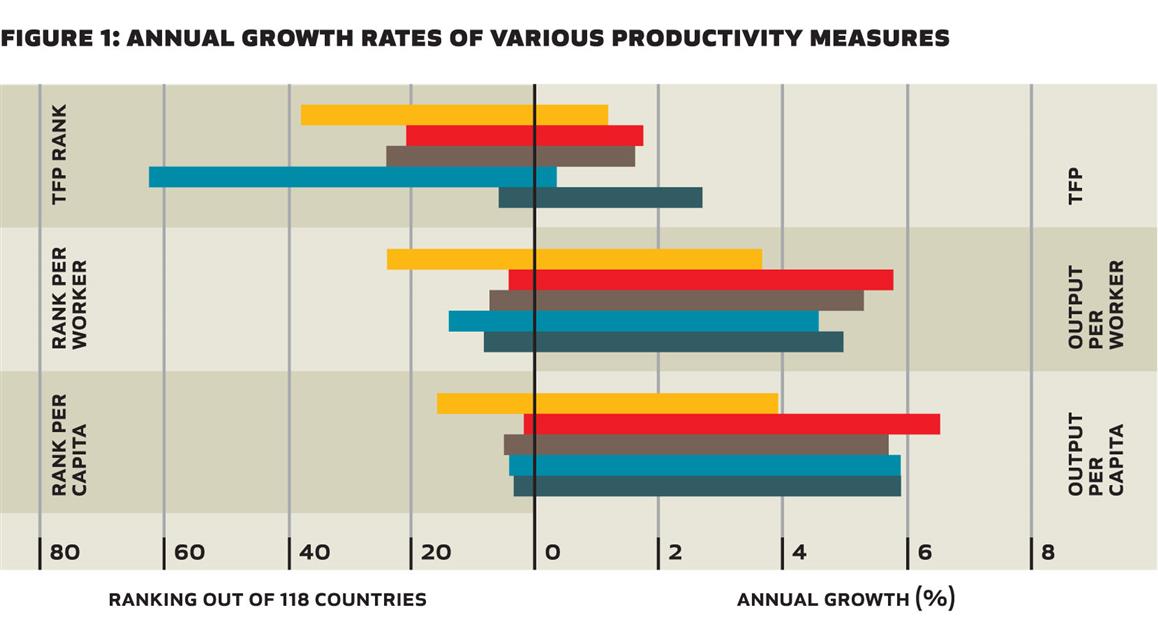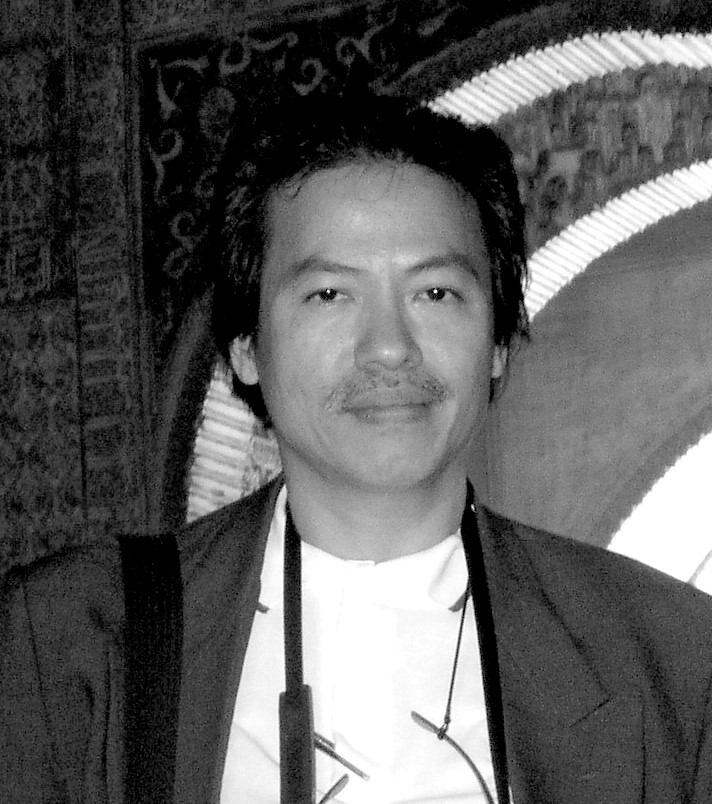CHARLES DICKENS ASIDE, there was another A Tale of Two Cities told by Alwyn Young, about economic growth in Singapore and Hong Kong. They are two of four Asian tigers (the other two being South Korea and Taiwan) —newly industrialised economies or NIES that recorded the highest rate of growth per capita in the world from 1960 to 1985.
Singapore and Hong Kong were British colonies that had similarities in economic structures and institutions. They are open economies that depend highly on commerce and external trade. They are island states that have almost no agriculture, with comparable per capita incomes in 1960 and 1990, suggesting that economic growth was about the same rates.
Alwyn Young (1992), A Tole of Two Cities: Factor Accumulation and Technical Change in Hong Kong and Singapore in Olivier Jean Blanchard and Stanley Fischer (eds.) NBER Macroeconomics Annual, Volume 7, pp 13-54; See also Alwyn Young (1993), Lessons from the East Asian Nics: A Contrarian View, NBER Working Paper Series No.4482, Washington DC.
The only glaring difference between the two economies was that Singapore went about accumulating capital through forced savings. That resulted in much higher rates of investments (as much as 43% of the gross domestic product or GDP in 1984) than Hong Kong (which invested only around 20% of the GDP) with its "hands-off" policy over the economy during this period. So, how different was Penang compared to the tale of Hong Kong and Singapore?


